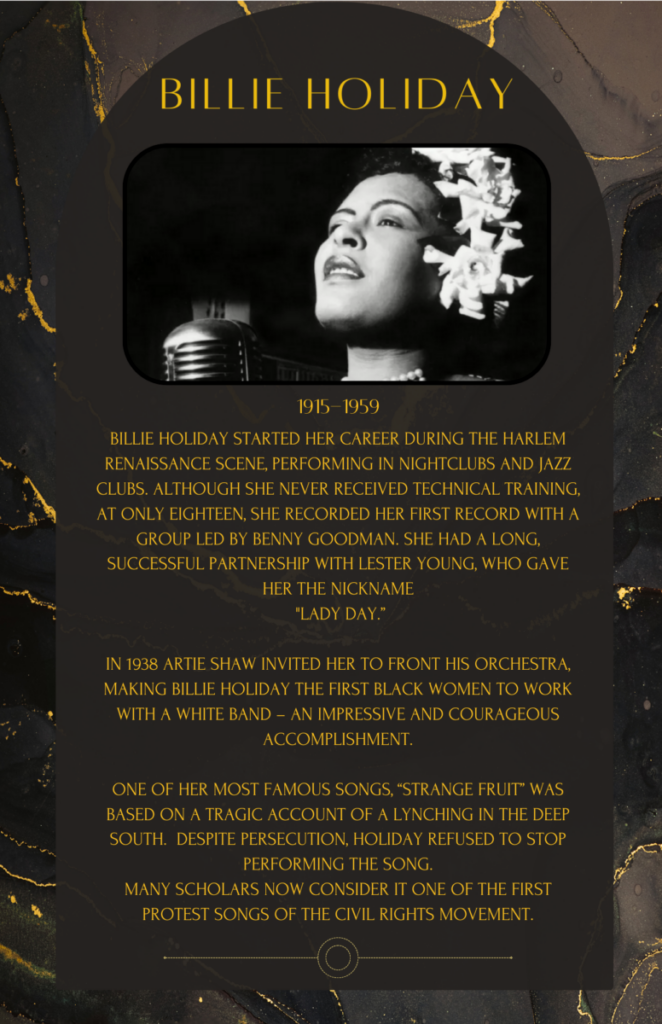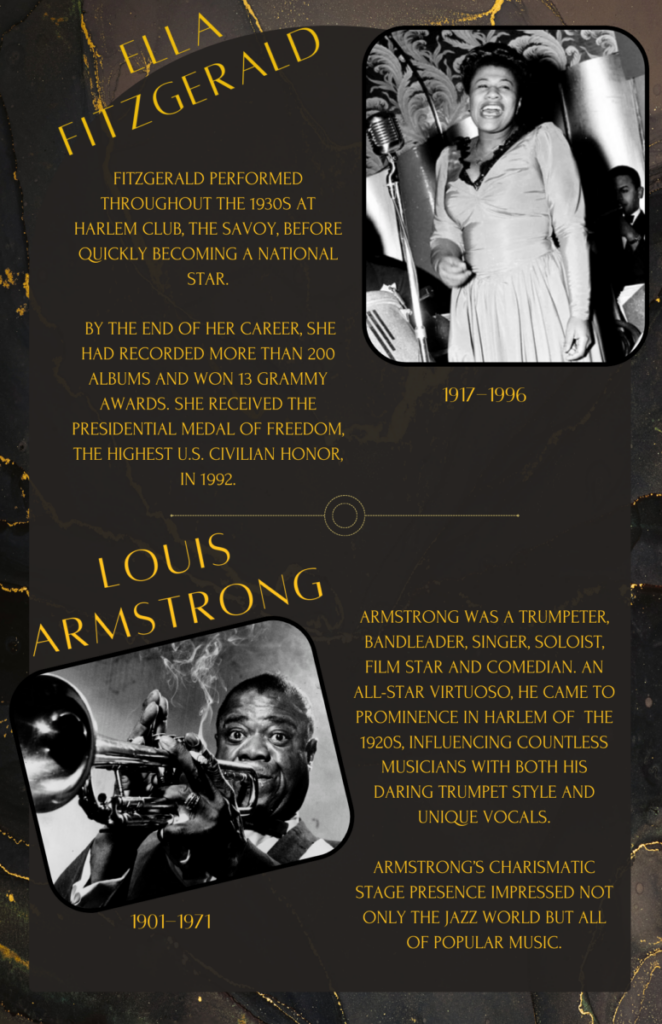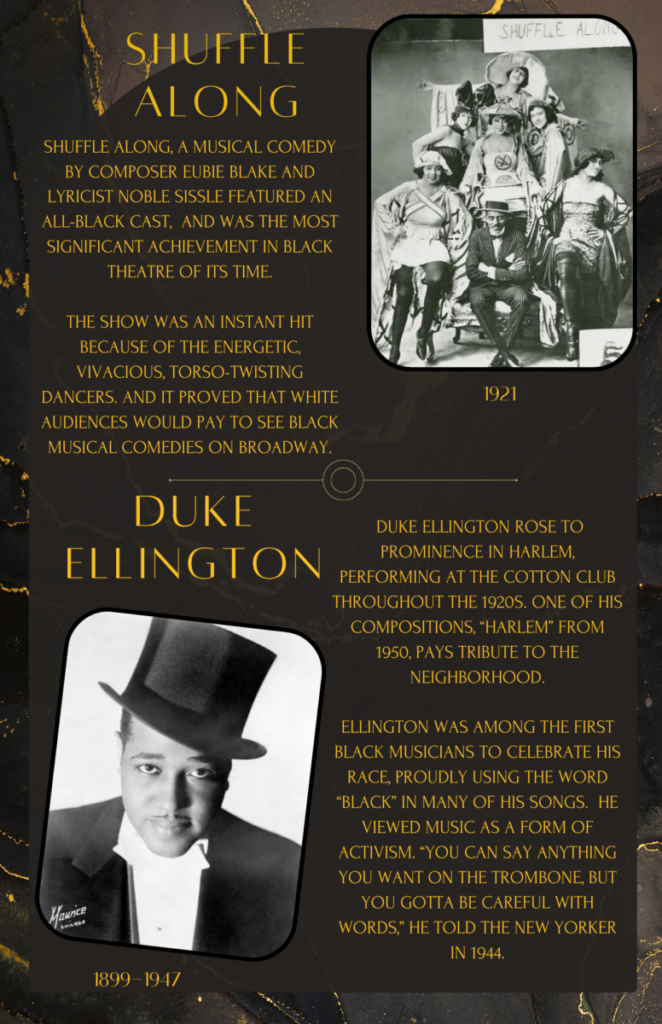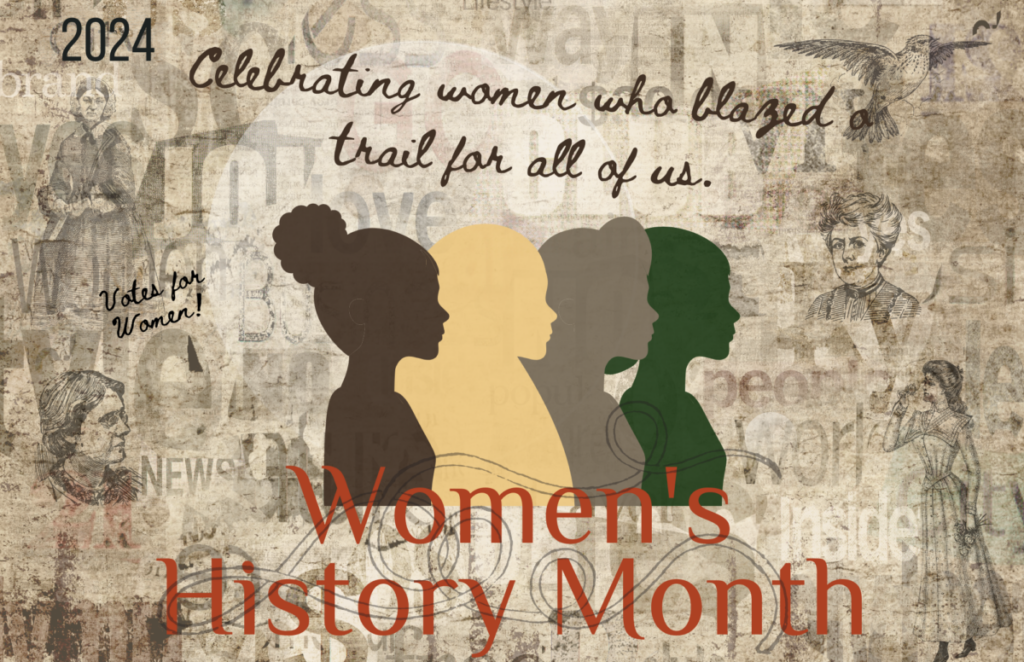
March is Women’s History Month! This month serves as a time to honor the achievements and contributions that women of all backgrounds have made throughout the history of the United States, both by remembering those who paved the way in the struggle for gender equity in the United States, and by recognizing the history-makers and barrier breakers of today.
This month at your library we are celebrating women trailblazers! We have books and videos on display about spies, and codebreakers, scientists, and Suffragettes.
International Women’s Day is a great opportunity to explore women’s contributions throughout history. Below are links to websites that help you, your students and homeschoolers learn more about the outstanding contributions women have made to our country and the world.
National Women’s History Alliance.
For a deeper dive into art by women around the world, explore Google Arts & Culture’s virtual exhibition featuring works from the National Museum of Women in the Arts, The Metropolitan Museum of Art, and more. Continue the celebration by rediscovering forgotten trailblazers, from the woman who discovered DNA to history’s most successful pirate.
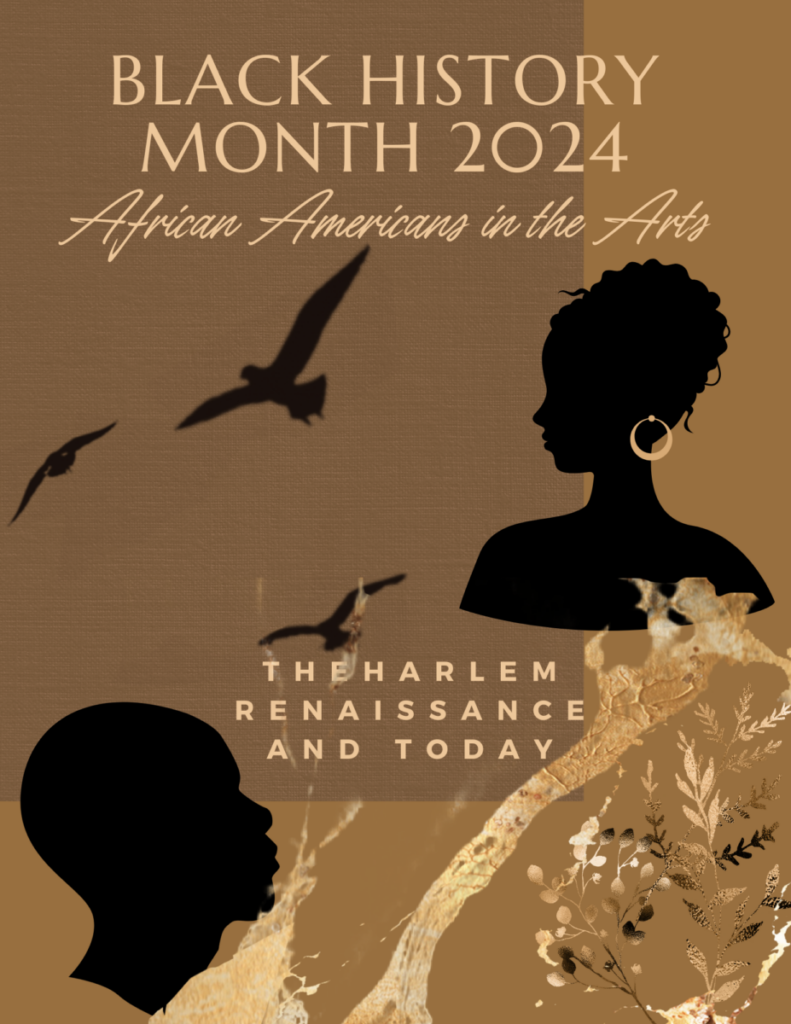 The 2024 theme, “African Americans and the Arts,” explores creativity, resilience and innovation. Black and African American artists — poets, writers, visual artists, and dancers — have historically served as change agents through their crafts. Drawn from their ancestors’ ancient rites of passage and the shared hopes of liberty, Black artists continue to fuse the rhythmic cadence of creative expressions with the pulsating beats of progress.
The 2024 theme, “African Americans and the Arts,” explores creativity, resilience and innovation. Black and African American artists — poets, writers, visual artists, and dancers — have historically served as change agents through their crafts. Drawn from their ancestors’ ancient rites of passage and the shared hopes of liberty, Black artists continue to fuse the rhythmic cadence of creative expressions with the pulsating beats of progress.
~Text from: National Museum of Africa American Culture and History
This year, we focused on the Harlem Renaissance and few of the legends who paved the way for the artists of today.

The Harlem Renaissance was a period in American history of the 1920s and 1930s. During this time, many African Americans migrated from the South to Northern cities, seeking economic empowerment, freedom of expression and creative opportunities. Within their communities a blossoming of African American culture occurred. New writers, musicians, artist, performers, and intellectuals began creating work by and for black audiences. However, some genres, particularly jazz, had great cross-over appeal with white audiences. While the renaissance was not confined to the Harlem district of New York City, Harlem attracted a remarkable concentration of intellect and talent and served as the symbolic capital of this cultural awakening.
Below are a few of the legends highlighted in our program as well as links for further education.
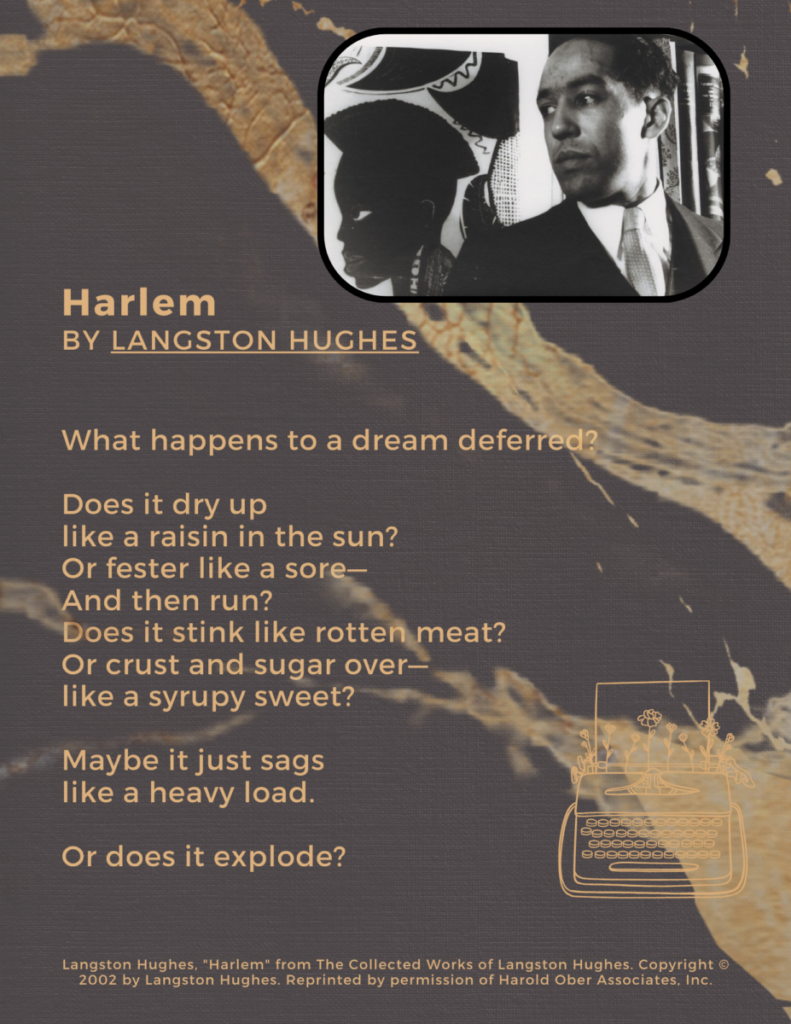
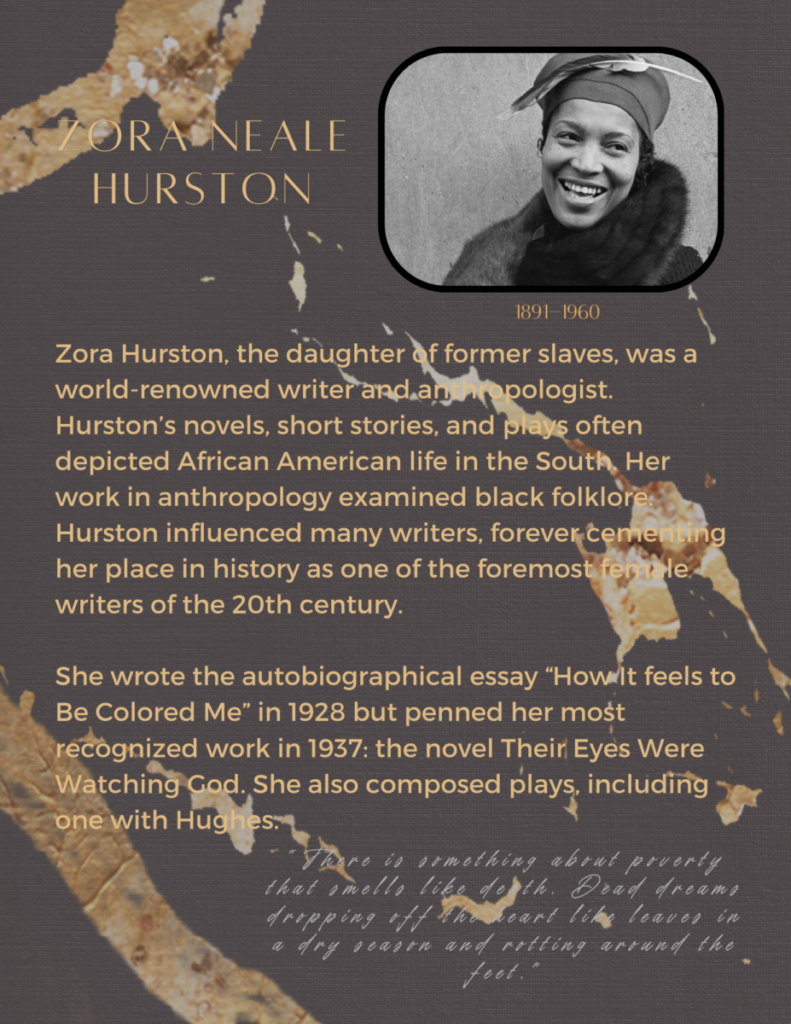
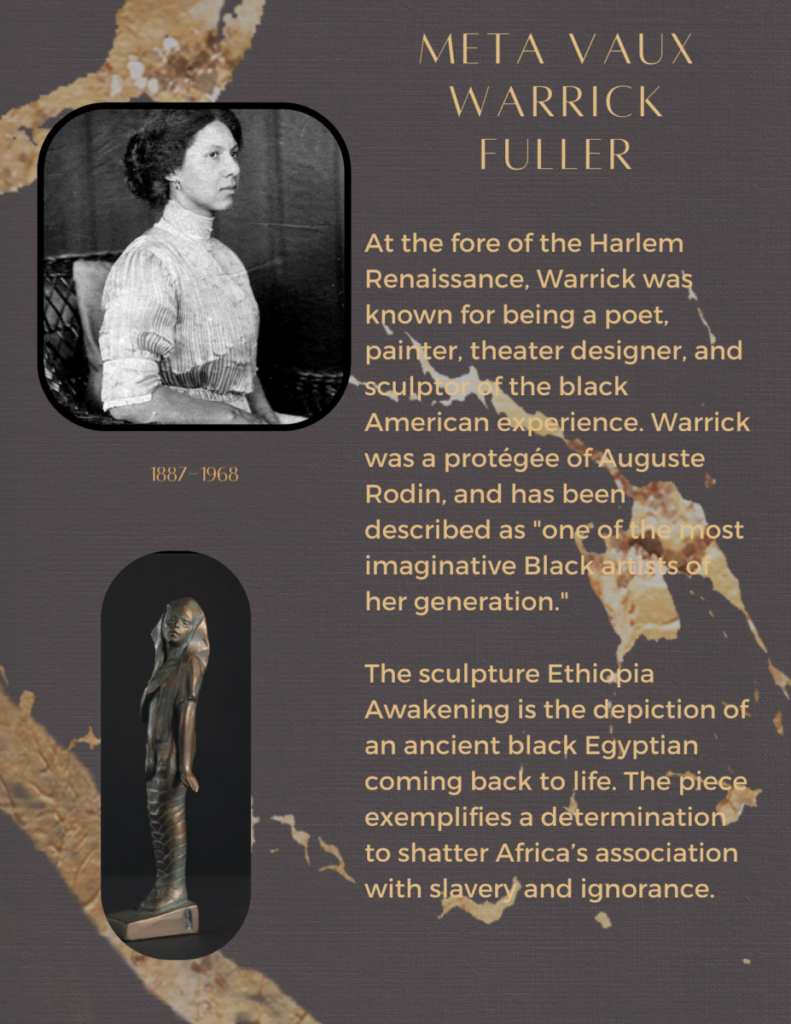

You can find a short video about the Harlem Renaissance here on YouTube. The library of congress has a digital archive. PBS also has resources for exploring black history and the Harlem Renaissance.
There are articles and videos on History.com as well. Encyclopedia Brittanica also has an extensive article about the movement, and some of its most influential leaders. Among them, were musicians from the great jazz era in America.
